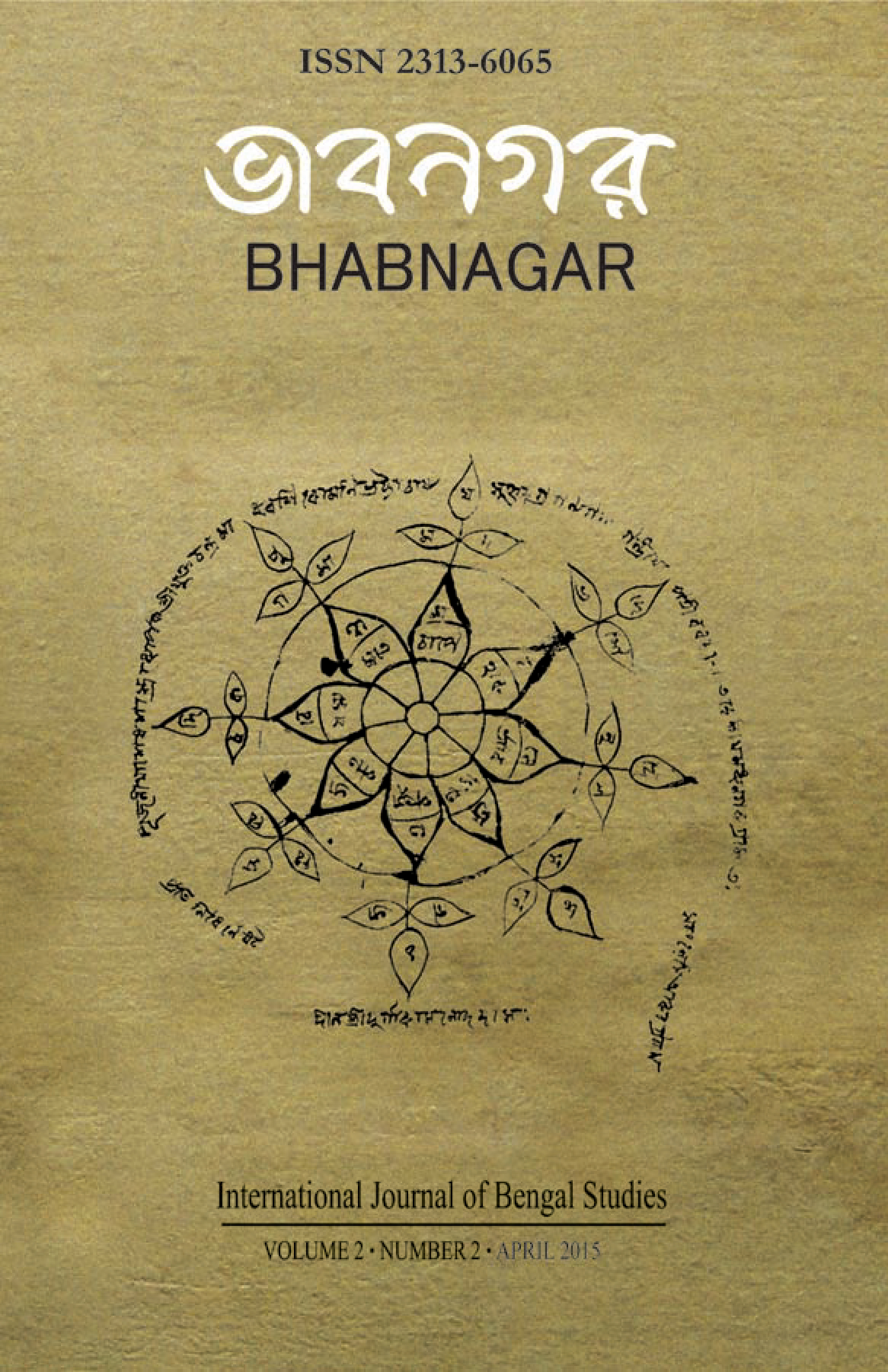শাহ মুহম্মদ সগীরের ইউসুফ-জোলেখা পয়ার এবং ত্রিপদী ছন্দের অদল-বদল | The Alternation of the meters payära and tripadī in The Iusuph-Jolekha of Śah Muhammad Sagir
DOI:
https://doi.org/10.64242/bijbs.v2i2.1Abstract
Recent researches in Middle Bengali Muslim literature are engaging more and more with aesthetic dimensions of the literatures and less with ideological questions of identity formation. This article continues this strand by hinting at possibilities for engagement with theories of aesthetic response, an approach exemplified by the analysis of poetic structure of the earliest Bengali version of the famous tale of Yusuf and Zulaikha. While the poem largely follows the Mathnawi by employing payara (bipod rhymes), other meters are used as well, most often the tripadi (tripod rhymes). Alternation of different meters is linked with Alternation of narrative modes ('diegesis' vs. 'mimesis). Tripadi is shown to be linked to a close, emotionally laden scenic presentation. This excavation of an important aspect of the aesthetics of production and reception opens up comparative questions in different directions, not the least with contemporary forms of narration.

Downloads
Published
Issue
Section
License
Copyright (c) 2015 BHĀBANAGARA: International Journal of Bengal Studies

This work is licensed under a Creative Commons Attribution-NonCommercial-NoDerivatives 4.0 International License.





